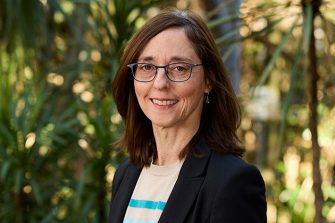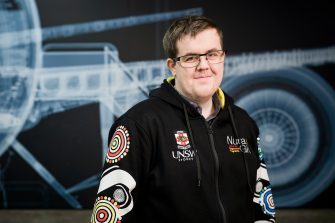UNSW's place of fire and light
Nura Gili: Centre for Indigenous Programs is the heart of UNSW Sydney and a home for the uni’s Aboriginal and Torres Strait Islander students.
We work to remove the hurdles to studying at uni, empower students with tools, guidance and community, and eliminate the stigma attached to pursuing higher education.
-
In the mid-1980s, UNSW established one of the first university student programs specifically for Indigenous students in NSW.
The university created an Aboriginal Student Support Program in 1987, later known as the Aboriginal Education Program (AEP). The AEP was established to provide Indigenous Australians studying at UNSW with the support needed to succeed in their studies.
With the increasing number of Indigenous Australians enrolling at UNSW and the need for improved academic and student support services, the AEP and Aboriginal Research and Resource Centre merged in 2003.
After a name finding competition, the new identity of ‘Nura Gili’ was born in 2004.
-
As a leader in Indigenous education, our purpose is to enrich Australia culturally and professionally.
We strive to enhance the capacity of Indigenous communities and individuals to engage all aspects of Australian society – ensuring Indigenous knowledge, culture and histories are embedded in all aspects of the UNSW community.
We provide a wide range of services, aspirational and pathway programs, Indigenous Studies courses and research allowing us to be recognised nationally and internationally as a leader in academic and research excellence.
-
The words Nura Gili come from the language of the Eora Nation, Nura meaning ‘place’ and Gili meaning ‘fire/light’.
Nura Gili at UNSW brings together these concepts to create the meaning place of fire and light.
The theme of place remains important to the many cultures of Indigenous Australia. It is therefore important for UNSW to acknowledge and recognise the very place where we have all come together to work, share, study and learn.
The concept of a fireplace and fire in general reflects the warmth, relaxed and nurturing environment created by age-old fires many years ago and recreated today by the staff and students of Nura Gili.
Nura Gili values the potential that education can offer and, with the theme of fireplace in mind, we invite Indigenous and non-Indigenous people to gather, learn and share together; to light a torch of their own to guide them and light their way as they create their own journey.
-
In 2012, thanks to the generosity of the Balnaves Foundation, we were able to build a state-of-the-art teaching and learning facility located at the heart of UNSW.
At Balnaves Place, UNSW's Indigenous students have access to modern facilities and technology, free printing, and private rooms for group and individual study in a calm environment.
It’s our home on campus; a space that’s inspiring, innovative and creative!
Our deadly leadership team
Our Leadership team guide the running of all aspects of Nura Gili, ensuring we operate in the best interests of our Indigenous students, the local communities we interact with, and beyond.

Scott Parlett
Scott Parlett
Director, Nura Gili
Scott Parlett is a proud Malyangapa and Barkindji descendent but born and raised in rural QLD (Winton).
He has a strong passion in creating a respectful and inclusive working environment that supports multiculturalism and diversity.
His vision for Nura Gili is building a culturally safe, sense of belonging and connection to community that’s beyond ‘box-ticking’ systems through recruitment, retention and success becoming future community, local, national and global leaders.

Tanya Griffiths
Tanya Griffiths
Current Students Lead, Nura Gili
Tanya is a proud Ngiyampaa/Wangaapuwan/Yorta Yorta woman from far western NSW.
She has over 24 years’ work experience in higher education sector, in several positions in the student services area.
The most recent was leading the Aboriginal and Torres Strait Islander Student Support Services team at the University of Sydney, where she was employed for 15 years.
Tanya has won a Vice Chancellor’s Award for Outstanding Indigenous Education Strategies for implementing a peer mentoring program and has also worked on many major projects that help with the transition, support, and retention of Aboriginal and Torres Strait Islander Students.

Associate Professor, Katrina Thorpe
Associate Professor, Katrina Thorpe
Academic Lead
Dr Katrina Thorpe is a Worimi woman and Academic Lead at Nura Gili.
Katrina's research focuses on educational approaches that engage students in Country-centred 'Learning from Country' pedagogies.
Katrina is passionate about developing culturally responsive pedagogies that facilitate connections between students and Aboriginal people, communities and Country.
Katrina also has 20 years experience teaching mandatory Indigenous Studies across a number of disciplines including education, social work, nursing, health and community development.
Always was, always will be
The UNSW Kensington Campus is a veneer built on top of an ancient landscape of high sand dunes and swampy swales. They are tens of thousands of years old and many metres deep...
The site of UNSW is near an 8000-year-old campsite around which the people of the area taught culture, history and subsistence.
From an old age past through to the present, the site holds significance as a place for gathering, meeting, teaching and sharing.
The idea that there is a place at UNSW where a fire has been burning, a place where people can come to gather and share is indeed the inspiration, drive and purpose for all involved in the Indigenous programs and services at UNSW.
Blak excellence is in our history
Pathway Patterns
by Dennis Golding
Kamilaroi/Gamilaraay artist Dennis Golding created Pathway Patterns to celebrate Nura Gili's 20th anniversary and it has since become a key element of our visual identity.
The artwork draws from the topographical patterns on which UNSW sits; along the lands and waters of the Bidjigal and Gadigal, whose traditional stories are marked as rock engravings on nearby sandstone.
It also features lines that swirl between other images referencing place, water and markings in time.
Dennis Golding took inspiration from how sandstone is formed by sand, quartz, clays and other rock materials that are compacted over millennia.
Through time, the sandstone forms fine layers of different colours that mix with iron oxides, forming tones of reds, browns and yellows. These colours form patterns that almost look like pathways and streams.
The sandstone can teach us that when natural materials form, they support each other and create something strong and durable.
Our connection to UNSW
Nura Gili is a part of UNSW, leading innovative, culturally appropriate, and holistic pathway programs for Aboriginal and Torres Strait Islander students for decades.
-
UNSW Indigenous Strategy represents our commitment to creating an environment for Aboriginal and Torres Strait Islander students, researchers and staff to thrive.
Recognising the importance of Country, community, and culture, the strategy is the first of its kind at UNSW. UNSW’s Indigenous Strategy is driven forward by three pillars:
- Culture and Country,
- Give Back, and
- Grow Our Own.
This whole-of-university approach means these pillars are implemented across all the university’s operations.
-
UNSW is creating a micro-treaty with its Indigenous communities to ensure their voices are heard.
In 2023, UNSW responded to the Uluru Statement of the Heart by championing the Voice referendum, and while disappointment with the result was difficult to navigate, the ambition to not lose momentum in walking towards a better future remained.
And so UNSW commenced a micro-treaty process to create a space for Dialogues with Indigenous students, staff and our connected Aboriginal communities.
A micro-treaty empowers Indigenous communities by enabling self-determination, ensuring their involvement in decisions affecting them directly, fostering autonomy, and addressing systemic barriers, promoting cultural inclusivity, and empowering Aboriginal and Torres Strait Islander students, staff and communities.
By establishing a micro-treaty, Aboriginal and Torres Strait Islander students, staff, alumni and our Aboriginal communities gain a meaningful voice in shaping the dynamics of their relationship with the University now and into the future. -
Explore UNSW's Sydney campus, and get a first-hand look at the discover our study areas, cafés, and green spaces.
-
While Aboriginal and Torres Strait Islander identity is unique and sacred to every person, all applicants and students who participate or are involved in Nura Gili Programs and/or activities are required to provide proof of their Aboriginal and/or Torres Strait Islander identity and heritage.
Got a question?
We know the process of applying for uni and completing your studies can be overwhelming, so if you have any questions at all, please get in touch.
Our friendly staff are here to help guide you through the process!
Learn more about us
Always was, always will be
UNSW is located on the unceded territory of the Bidjigal/Bedegal (Kensington campus), Gadigal (City and Paddington campuses) and Ngunnawal peoples (Canberra) who are the Traditional Custodians of the lands where each campus of UNSW is situated.







